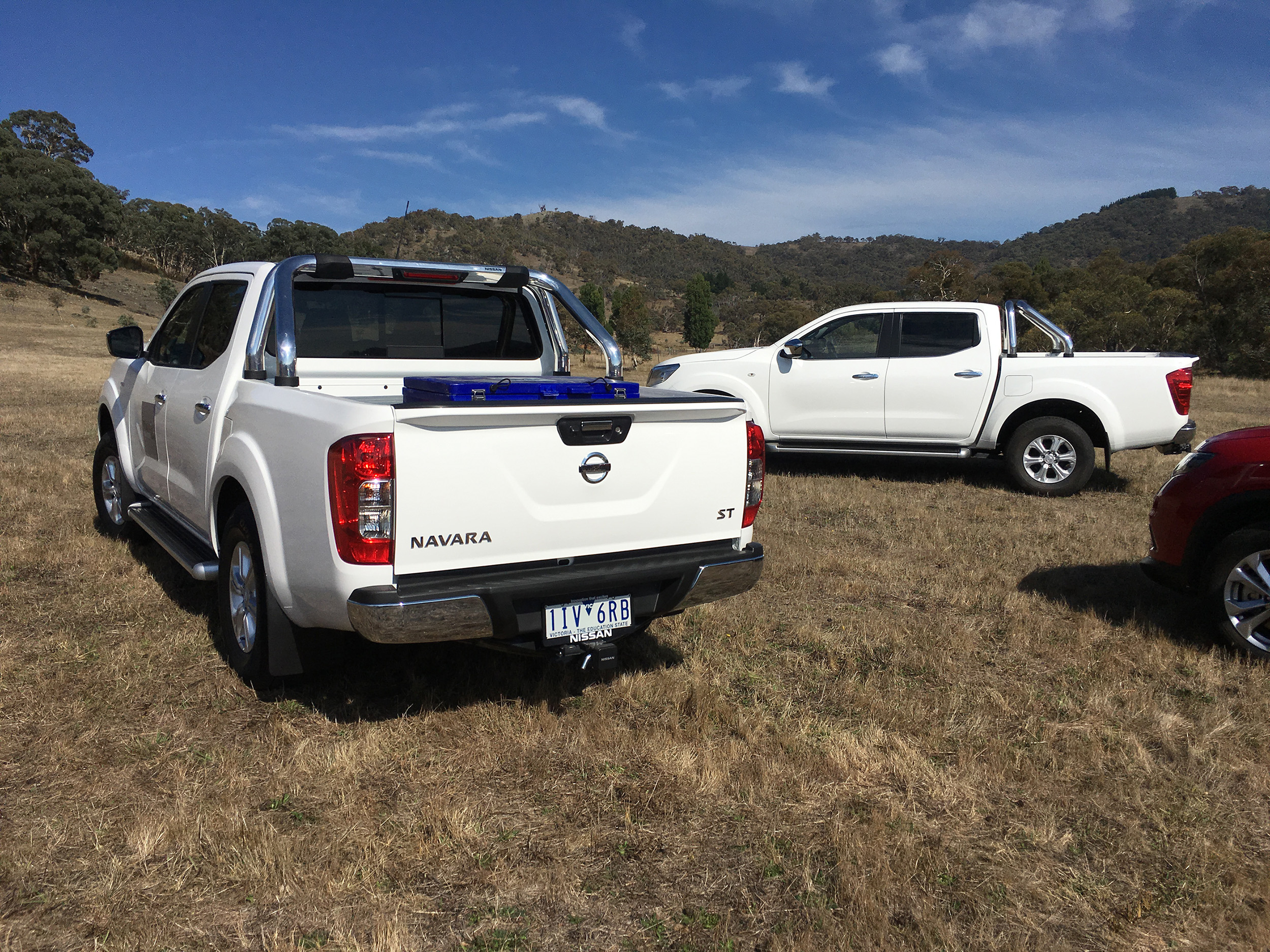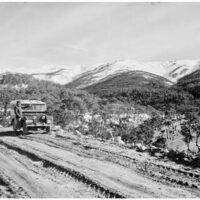We like any colour as long as it is white!
There has been an upgrade of the Subaru BRZ/ Toyota 86.
This rear wheel drive sports cars is better for the makeover and improves on its already impressive value for money proposition.
The Toyota GT is a cheaper entry-level vehicle than the lowest price Subaru. It is priced at $30,790 (to all price figures you must add on-road costs) but the main compromise with this is a rather simple low-grade dashboard and entertainment control system. The top spec Toyota 86 is called a GTS and is priced at $36,490.
If you can find the money and want to stay with Toyota I would recommend the GTS which accounts for some two thirds of the 86 sales figures.
The Subaru has two models with the standard model being just under $33,000 and the premium being $34,500.
They all come with Subaru’s 2 litre Boxster engine with two slight variations.
For the 6 speed manual it produces 152 kilowatts at 7000 revs per minute and 212 Nm of torque.
The 6 speed automatic has slightly less performance figures of 147 kW and 205Nm of torque. In both cases the maximum torque is not achieve till a very high 6400 revs per minute.
These figures are not enormous so it means it is the sort of sports car that you have to work with to get the most out of.
Drivers from every market in which the car is sold have pleaded for it to come with a turbocharged WRX engine.
Subaru has said no, no, no does not suit where they want the car to be in the market, definitely not, never. Some take that as a maybe.
The engine runs on 98 high octane fuel and Toyota says the fuel consumption is excellent. I wouldn’t quite use that word. It is much higher for the manual at 8.4 litres per 100 km than for the automatic at 7.1 litres per 100km.
The main reason for the thirsty nature of the manual version is not the few extra kilowatts of power but rather that it has a lower final drive gear ratio. When driving the manual, we saw 3,000 revs per minute at 110 km an hour in top gear.
With a curb weight of 1239 kg it is about 230 kg heavier than and MX-5 Mazda. Consequently it’s not as nippy as the Mazda but it does handles very well, not in the aggressive Razor Sharp turn-in that you might get from some hot hatches such as the Ford Focus ST for example. It turns-in very well by giving that feeling of flowing through the corners rather than jumping onto a corner as though two hands are stretched out to grab the apex. I don’t think that’s a disadvantage and in some ways, I find it less tiring.
The car drives very easily around the city although there’s one thing about the Speedo.
It goes up to 260 kilometres an hour in equal gradations. This means that for usable (read legal) speeds the dial doesn’t move a great deal and doesn’t give very a clearly defined speed at which you were traveling. The speedo is in fact not in the centre of the dashboard which is taken up by a tacho which you would expect and enjoy particularly in the manual.
I like a digital speedo and the 86 has one on the right-hand side of the tacho in a smallish window which looks a little bit like the date number on a watch.
You sit low in the car and the low roofline gives the vehicle a much wider look particularly when compared to something like a little Suzuki.
When you’re driving in traffic you are conscious of the fact that you are in a low-slung sports car especially next to heavy vehicles.
Our video includes Overdrive’s technical expert Errol Smith and David Brown driving the car.
The Toyota 86 and its sibling the Subaru BRZ are maintaining a tradition of neat and affordable sports cars with acceptable power if you are prepared to work with the car not just push the accelerator.
For other impressions on vehicles go to:






